 | ||
Books Anne Ferran: No Words for This Similar Julie Rrap, Susan Best, Thierry de Duve | ||
Anne ferran shadow land australian centre for photography
Anne Ferran (born 1949) is an Australian photographer.
Contents
- Anne ferran shadow land australian centre for photography
- Nzsl anne ferran emanations the art of the cameraless photograph
- Background
- Education
- Career
- Scenes on the Death of Nature 1986
- Carnal Knowledge 1984
- Lost to worlds 2008
- Other exhibitions
- References
Nzsl anne ferran emanations the art of the cameraless photograph
Background

Anne Ferran was born on May 10, 1949 in Sydney, New South Wales. Ferran began exhibiting her photographic work in the early 1980s.
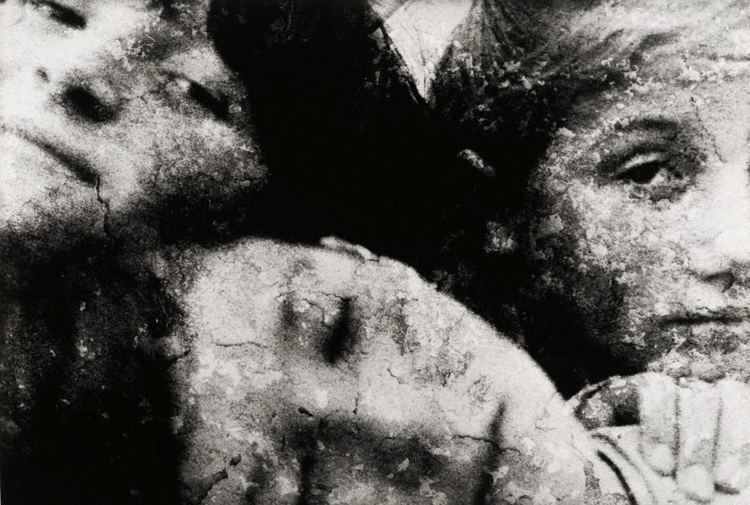
In 1986 she relocated to Europe after being awarded a Visual Arts Board travel grant from an Australian committee. She then took up a six-month residency at the Power Studio Cité Internationale des Arts in Paris. Ferran returned from overseas to Sydney to complete her Masters of Fine Arts, but then shifted to Melbourne in 1995 only a year after graduating. In 2003 she received a residency in London from the Australian Council. Ferran currently lives in Sydney and is employed as an associate professor at the University of Sydney.
Education
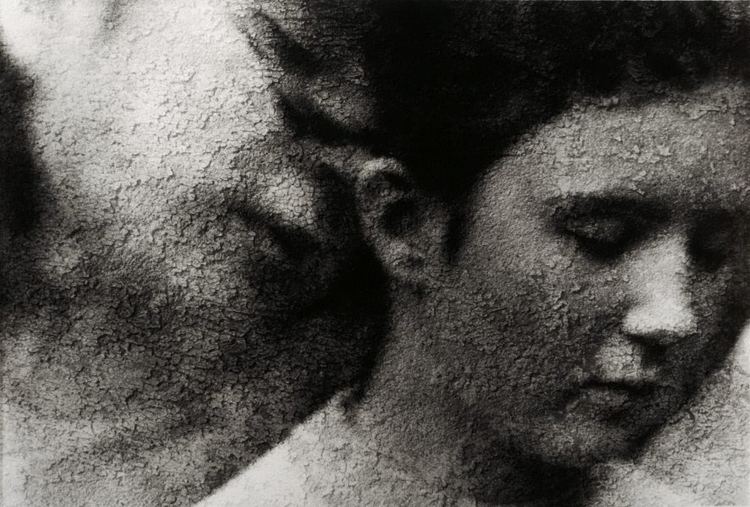
Ferran has a BA from the University of Sydney, a BA from Sydney College of the Arts (1985), and an MFA from the College of Fine Arts, University of New South Wales.
Career
Ferran was first recognized as a contemporary photographic artist during the 1980s due to her works: Carnal Knowledge and Scenes on the Death of Nature. As well as film and digital photography, Ferran uses a variety of different medias such as videography and a series of textile works. Her photographs have been exhibited both across Australia and internationally. The Art Gallery of New South Wales, Art Gallery of South Australia, Monash University, National Gallery of Australia, National Gallery of Victoria and Queensland Art Gallery have all featured Ferran’s work. Internationally, Ferran’s exhibits have been displayed in three different countries: New Zealand, Japan and the United States of America.
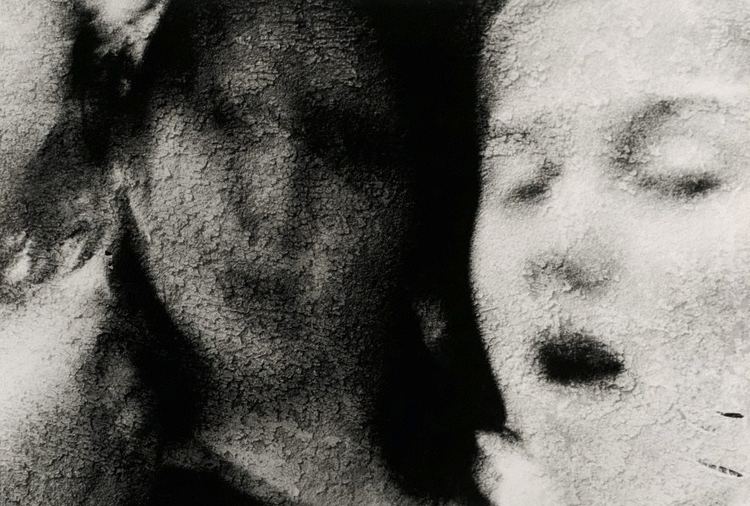
Ferran’s work is motivated by the Australian colonial period; her main interest involves exploring the lives of nameless women and children. Later in her life Ferran’s interests have extended to histories of birds and the way that their natural environments are changing.
Scenes on the Death of Nature (1986)
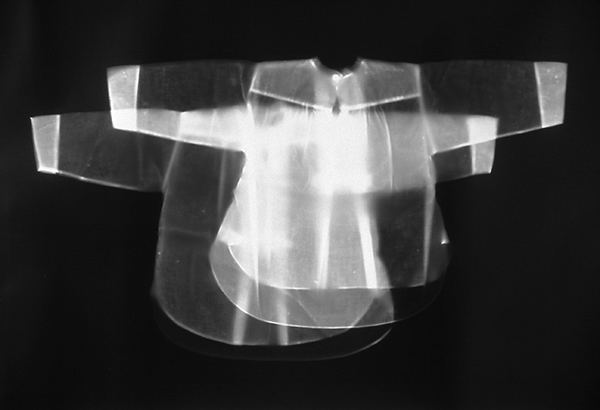
Scenes on the Death of Nature toured Australia from 1986 until 2006. It first stopped at The Australian Centre for Contemporary Art in South Bank, from March 19, 1987 until April 19, 1987. After this brief stint in Melbourne the exhibition was moved to the Art Gallery of New South Wales in Sydney, from February 10, 1989, until May 15, 1989. It returned to the Art Gallery of New South Wales in 1993 once more for the exhibition entitled ‘Points of view: Australian Photography 1985-95’. The exhibition consisted of five large (148.5 cm x 109.5 cm) black and white prints of young women draped across one another. The women were dressed in long flowing plain white garments with stony facial expressions in order to recreate the appearance of a neoclassical sculpture. All of the images in Scenes of death of nature contain elements of feeling imprisoned; the black frames that house the photographs themselves are representative of the square wrought iron bars used in prisons and institutions during 19th century. It focused on the mistreatment of incarcerated colonial women.
Carnal Knowledge 1984
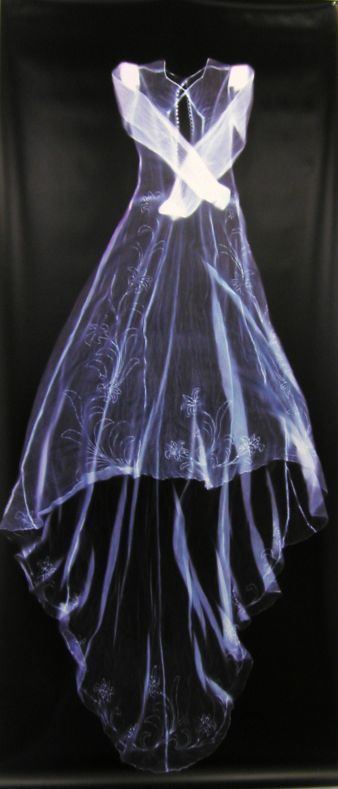
Ferran created Carnal Knowledge whilst residing in the Hyde Park Barracks in Sydney in 1995 with acclaimed artist Anne Brennan; the barracks were formerly a convict barracks and a female asylum. Carnal Knowledge was heavily influenced by historical events that had occurred in the barracks to those who had lived there. Ferran displayed artifacts that had been recovered from underneath the barracks floorboards in her exhibition; using these items to evoke an understanding for the women who had lived and died in the asylum. These artifacts were also accompanied by a series of haunting photographs that are representative of young women who were residents in the Asylum. Ferran has since acknowledged the fact that the Hyde Park Barracks has altered her future artistic approach, as she is now able to appreciate the beauty in empty spaces. Ferran used her own daughter and friends as subjects in this project in an attempt to add a maternal component to the photographs.
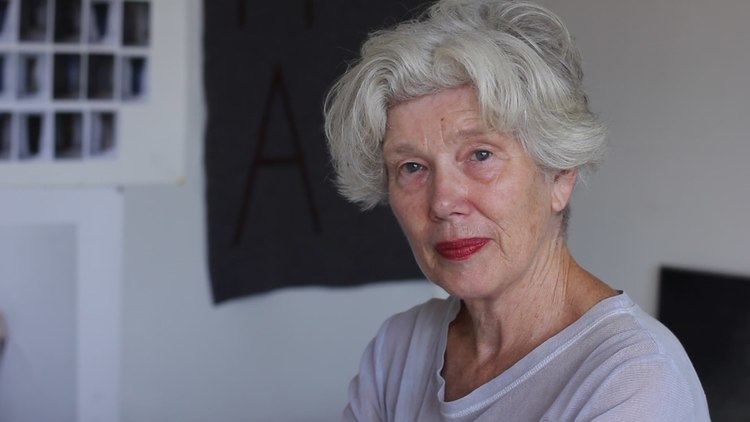
Dealing with the act of sex, and while the series of 13 images are heavily sexualised, the images do not contain any nudity. The images are close ups of emotionless faces, which have been given the effect of weather work stone to create the appearance of the passing of time. The exhibition was on show at the Art Gallery of New South Wales in Sydney alongside other photographic series for the Australian Perspecta exhibition in 1985. It returned again to the Art Gallery of New South Wales in July 1999 for the exhibition ‘What is this thing called photography?’
Lost to worlds 2008
Lost to worlds includes over a decade's worth of photographic work. The project was undertaken in Tasmanian at the remnants of two female convict prisons sites. The prisons were situated in the center of Tasmanian on the border of the small town of Ross; all that remains of the prisons today are piles of dirt and a mess of stones. The images themselves are dominated by the landscape, barely giving the viewer any other perspectives, only occasionally offering a sight of the horizon or sky. The six images in the series are digitally printed (120 cm x 120 cm) onto sheets of aluminium and set up so that when viewers move around the gallery observing the photographs, the reflections from the aluminium give the images an element of blurred motion. Ferran uses the large empty field to find elegance through the stillness in this series of visually confronting images, the series is symbolic of a fragmented past.
